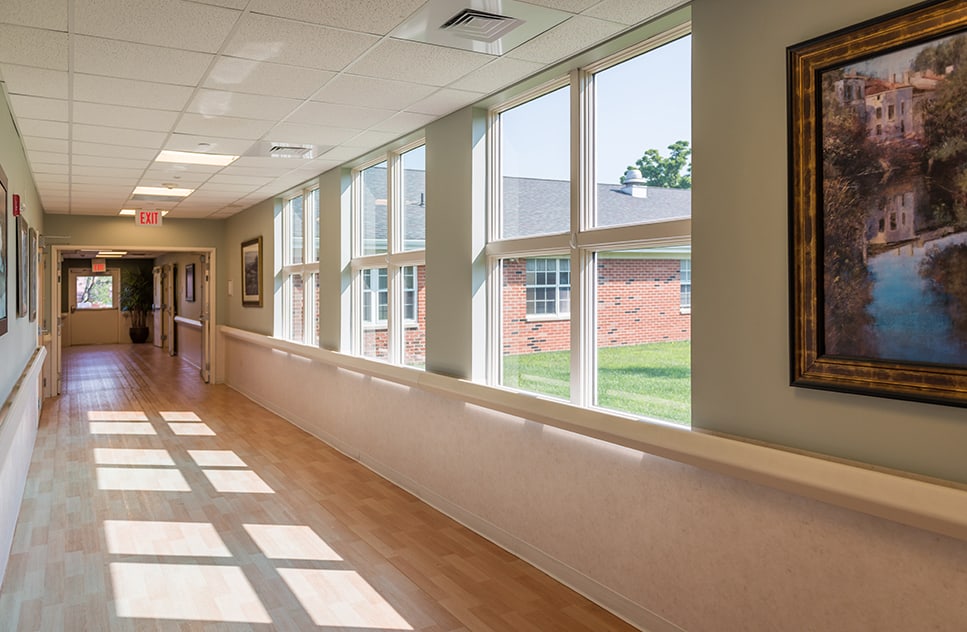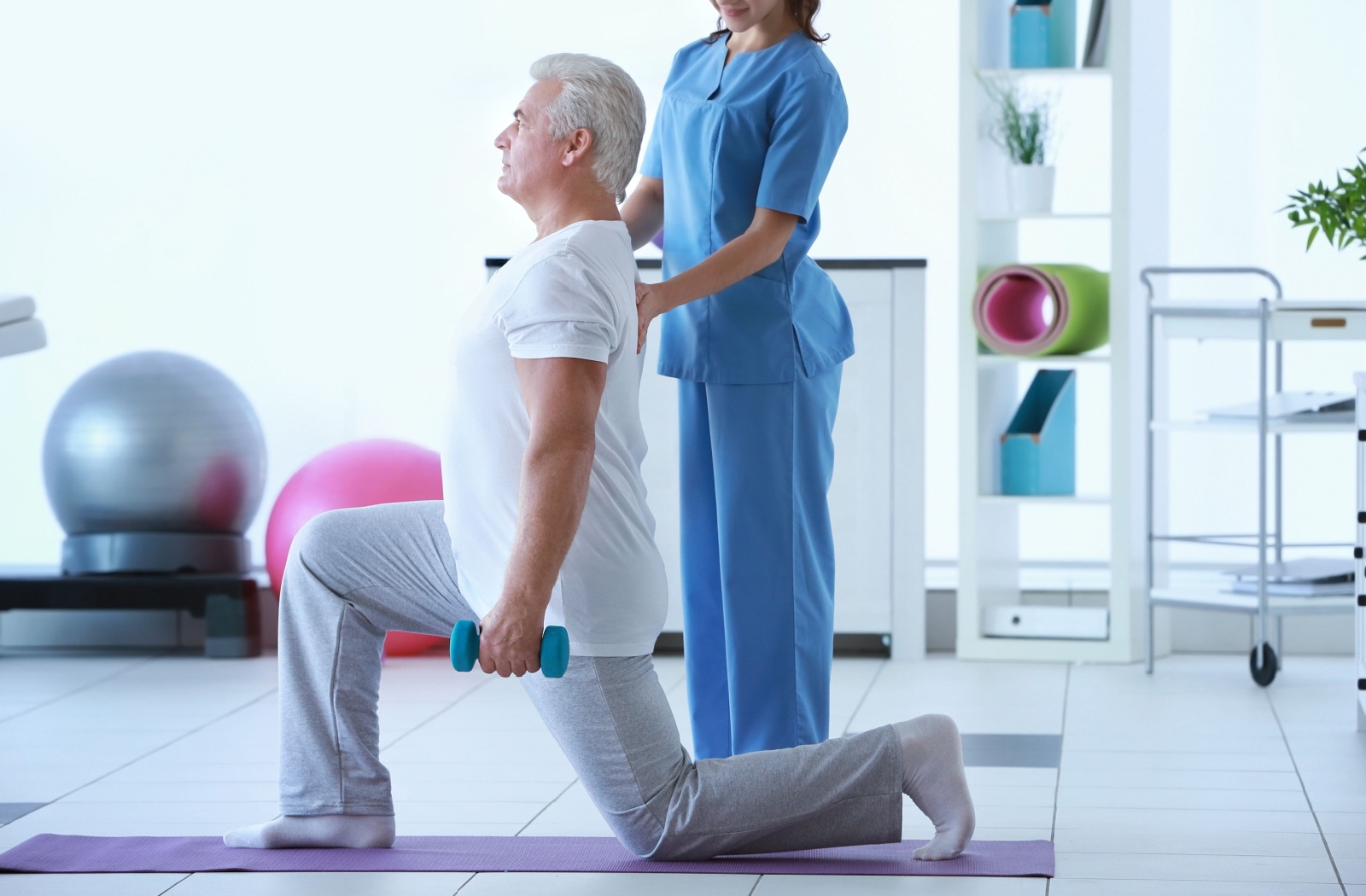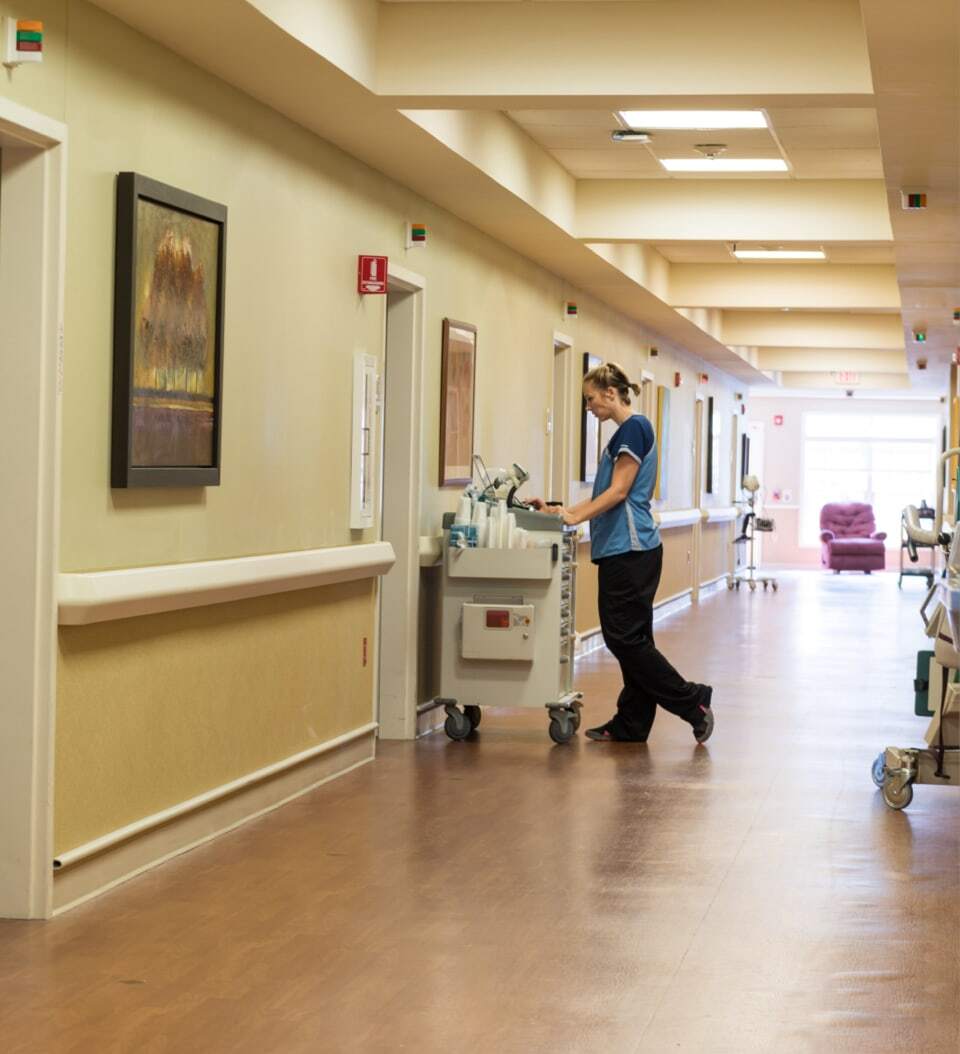Key Takeaways
- Staying active is essential for managing osteoporosis and maintaining independence.
- Weight-bearing exercises, such as walking or light aerobics, help improve bone density and overall strength.
- Strength-training exercises are efficient for building and maintaining bone health.
- Choosing low-impact activities promotes safety while remaining effective in managing osteoporosis.
- With the right approach, seniors can reduce the risk of fractures and enhance their quality of life through regular, carefully chosen physical activities.
Managing osteoporosis doesn’t mean giving up an active lifestyle. With accessible and adaptable exercises, seniors can strengthen their bones, improve balance, and reduce the risk of fractures while maintaining their independence.
Weight-bearing activities, such as walking or light aerobics and strength-training exercises, are especially beneficial for building bone density.
It’s essential to select low-impact activities that are both safe and effective. Explore some of the most effective exercises for osteoporosis management and how to stay active safely.
What Is Osteoporosis?
Osteoporosis is a condition where bones become weak and brittle due to decreased bone density. The condition occurs when the body loses excessive bone tissue or fails to produce sufficient new bone.
For seniors, this condition significantly increases the risk of fractures, particularly in the spine, hips, and wrists.
The good news is that exercise can help slow bone loss and even build new bone tissue when done consistently and safely.
How Does Exercise Help Manage Osteoporosis?
Regular physical activity offers multiple advantages for seniors with osteoporosis:
- Stronger bones
- Weight-bearing and resistance exercises stimulate bone formation, helping maintain or increase bone density
- Improved balance
- Exercise enhances coordination and stability, thereby reducing the risk of falls that can lead to fractures
- Increased muscle strength
- Stronger muscles provide support for your bones and joints, thereby reducing the risk of injury
- Enhanced flexibility
- Maintaining range of motion helps prevent stiffness and enables seniors to perform daily activities independently and safely
- Improved posture
- Specific exercises can help counteract the forward hunching that sometimes develops with spinal osteoporosis
By incorporating regular exercise into your routine, you can develop stronger bones, improve your balance, and achieve a more flexible and resilient body. Remember, even small, consistent efforts can make a meaningful difference in maintaining your overall health and well-being.
What Are Safe Exercises for Seniors with Osteoporosis?

Staying active is crucial for managing osteoporosis, but it’s important to choose exercises that are both safe and effective. These activities can help build strength, improve balance, and protect your bones from fractures.
Weight-Bearing Exercises
These activities force your body to work against gravity, stimulating bone growth. Safe options include:
- Walking
- Start with 10–15 minutes daily and gradually increase duration
- Stair climbing
- Use handrails for support and climb at a comfortable pace
- Dancing
- Low-impact classes designed for seniors also offer social interaction
Low-Impact Aerobics
Aerobic exercise improves cardiovascular health while being gentle on your bones:
- Water aerobics
- The buoyancy of water reduces stress on joints while providing resistance
- Elliptical machines
- Offer a weight-bearing workout without high impact
- Stationary cycling
- Builds leg strength and improves cardiovascular fitness
Strength Training with Light Weights
Resistance exercises help build both muscle and bone strength:
- Start with 1–2 pound weights or resistance bands
- Focus on major muscle groups: arms, legs, and core
- Perform exercises 2–3 times per week with rest days in between
- Always maintain proper form when lifting heavier weights
Yoga and Pilates for Flexibility and Balance
Modified versions of these practices can be excellent for seniors:
- Choose gentle or chair-based classes
- Avoid deep spinal flexion or twisting movements
- Focus on poses that improve balance and core strength
- Work with instructors who have experience teaching seniors
Tai Chi for Balance and Coordination
Tair chi is a gentle martial art that combines slow, flowing movements with deep breathing:
- Improves balance and reduces fall risk
- Can be adapted for different fitness levels
- Often available in senior-specific classes
- Low risk of injury when performed correctly
Posture Exercises for Spine Health
Good posture helps prevent spinal compression fractures:
- Wall slides
- Stand against a wall and slide your arms up and down
- Shoulder blade squeezes
- Pull shoulder blades together and hold
- Chin tucks
- Gently pull your chin back to align your neck
Resistance Band Exercises
These versatile tools provide gentle strength training:
- Portable and inexpensive
- Allow for controlled movements
- Can target all major muscle groups
- Adjustable resistance levels
What Are the Best Safety Tips for Exercising with Osteoporosis?
When exercising with osteoporosis, prioritizing safety is crucial for preventing injury and maintaining bone health. By following a few simple guidelines, you can create a safe and effective workout routine tailored to your needs:
- Consult your healthcare provider
- Always get medical clearance before starting a new exercise program, especially if you have severe osteoporosis or a history of fractures
- Avoid high-risk movements
- Skip exercises that involve bending forward at the waist, twisting your spine, or high-impact activities like jumping
- Start slowly
- Begin with shorter sessions and lighter intensity, gradually increasing the duration and intensity as your fitness improves
- Focus on form
- Proper technique is more important than speed or intensity, so consider working with a qualified fitness professional initially
- Listen to your body
- Stop exercising if you experience pain, dizziness, or unusual discomfort; consistency is easier when you respect your body
- Create a safe environment
- Remove tripping hazards and clutter, wear appropriate footwear with clothing that’s easier to move in, and exercise in well-lit areas
- Stay consistent
- Regular, moderate exercise is more beneficial than occasional intense sessions; consider inviting an exercise buddy to boost consistency
By nurturing healthy habits and prioritizing your well-being, you can create an exercise routine that is both enjoyable and sustainable. Remember, the most crucial step is to begin and stay patient with yourself along the way.
Strengthen Your Bones Today
Exercise is one of the most effective ways to manage osteoporosis and maintain independence. At Kingston of Miamisburg, we’re here to help seniors stay active—safely and effectively.
Our team understands that every person’s experience with osteoporosis is unique, so we work with you to create an exercise plan tailored to your needs, fitness level, and medical history.
Contact us today to see how we can help you live an active, fulfilling life while managing osteoporosis with confidence.







